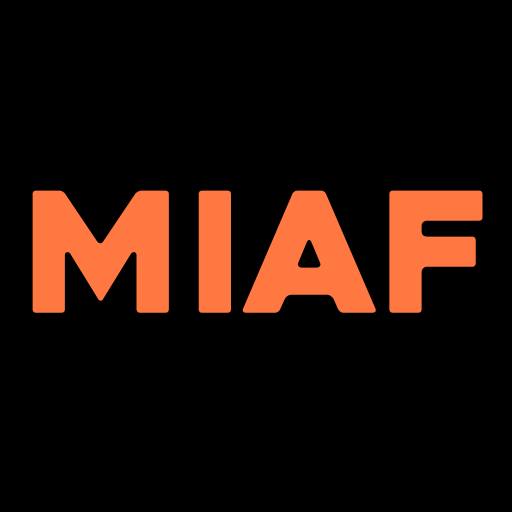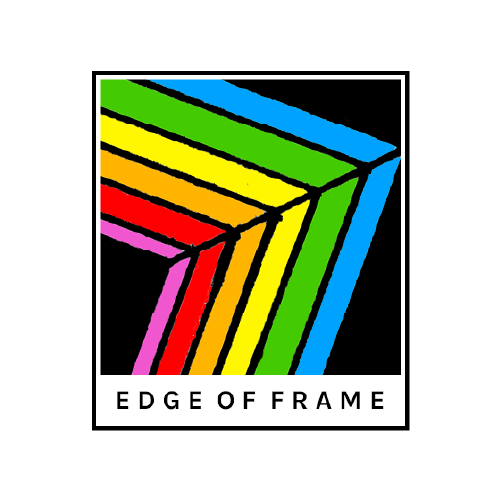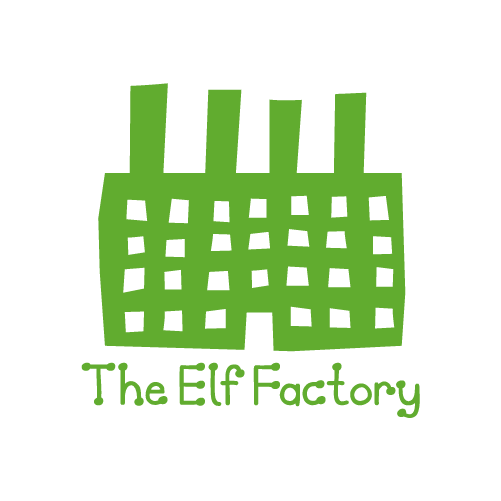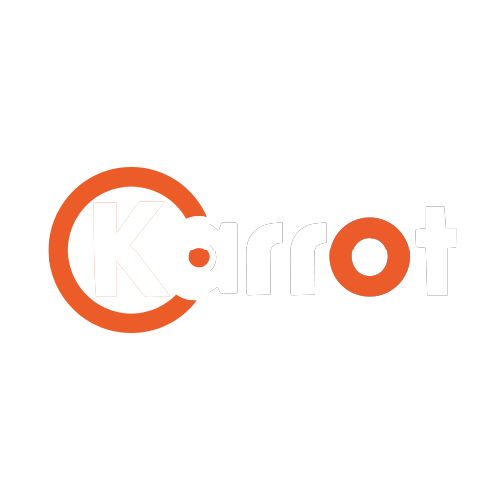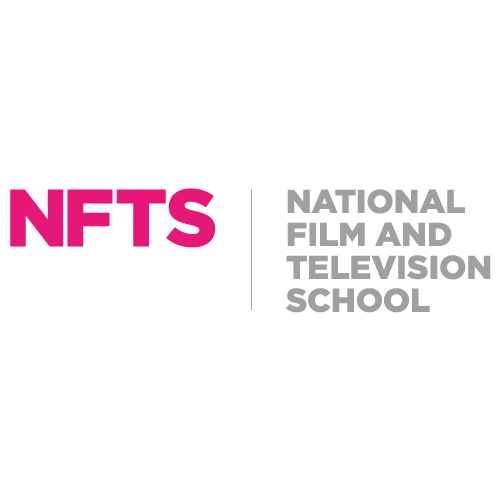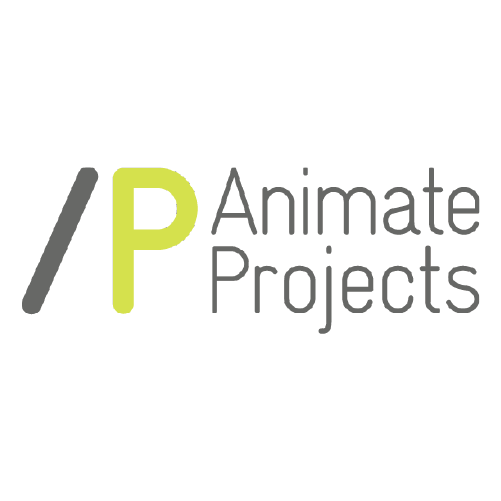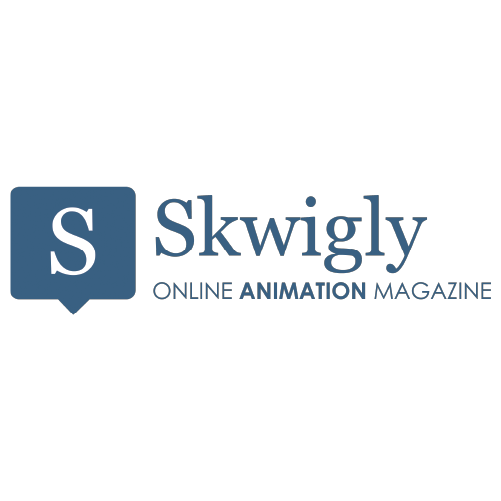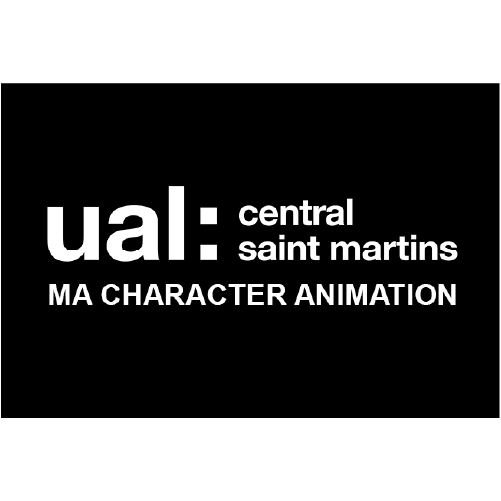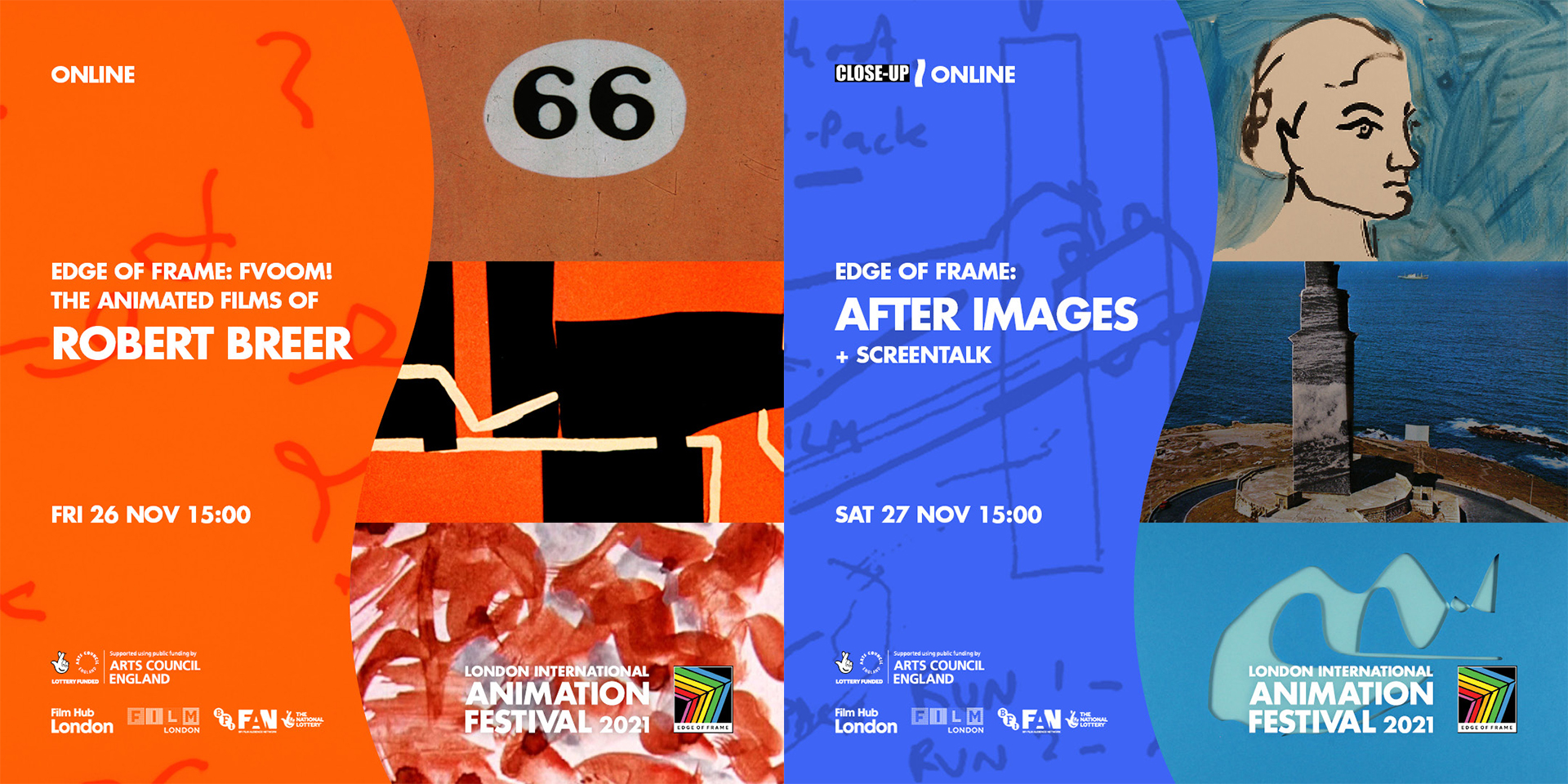
Robert Breer was a true pioneer; an artist who opened up a new language for film and animation, and whose work continues to inspire and influence artists today. To mark ten years since his death in 2011, I have put together two programmes exploring his substantial legacy. The first; Fvoom! The Animated Films of Robert Breer brings together a selection of his seminal works of experimental animation. These films collide radical discontinuity with cartooning and found materials; formally daring one moment, daftly humorous the next. The second; After Images, presents a range of work by contemporary animation artists who have built on his myriad formal and conceptual innovations, taking his lead into unexpected new directions.
Within the field of experimental animation the importance of Breer’s work is hard to overstate. His vast body of work explores a wide variety of materials and approaches, pushing animation to its very limits. His practice also encompassed painting, drawing, sculptural forms, mutoscopes and live-action films made in collaboration with the likes of Jean Tinguely and Claes Oldenburg, but animation remained central to the end and he produced over 40 films in his lifetime. Throughout his career his work found relevance and influence beyond the worlds of experimental film and animation, from his associations with figures like Robert Rauschenberg and Karlheinz Stockhausen in the 1960s, to his 1980s collaboration with William Wegman on the music video for New Order’s track Blue Monday ’88.
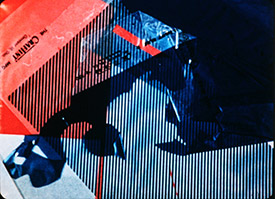
Breer is an artist I feel a close kinship with and whose work continues to amaze and delight me every time I see it. Long before I ever saw his films, their particular influence on the wider culture of my teenage years was happily warping my mind, through the “MTV style” of the late 80s and early 90s that seeped into so many youth-oriented documentaries, music videos and advertisements. The unstoppable, fizzing energy of Breer’s films, their collaged collision of cartoons, abstraction, photography, rotoscoping, photocopies and who knows what else, provided a visual template for a generation of directors, animators and graphic designers. By the time I finally saw Breer’s films, their influence on others had already significantly affected the way I see and make films. When I got to watch Breer’s work itself though, it was clear there was far more to it than its style or aesthetic, and I have been exploring these further, more mysterious and intriguing depths ever since.
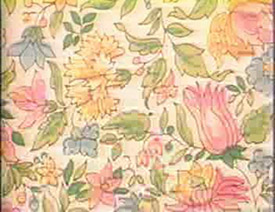
Today his influence continues to develop and grow, not least amongst a new generation of experimental animators, for whom he remains a central figure. It is this contemporary context that I was particularly interested in exploring though the Edge of Frame programmes for LIAF 2021. The first programme brings together a selection of Breer’s own animated films. These works are just a fraction of his output, but encompass some of his very best works. The focus on films made before 1980 is more to do with which titles are available as screening quality digital files (this programme will only be presented online) than any specific curatorial agenda. This focus on the first half of his filmmaking career does however bring with it an opportunity to see the rapid pace at which Breer developed his skills and understanding of animation and what he could do with it, from film to film, sometimes within the same year.
After Images, the second of the two programmes, brings together a range of animation work made by contemporary practitioners, and for the most part consists of films made in the last few years. It is by no means a definitive survey of Breer’s influence, and indeed the films are not all consciously or directly made under his influence. Rather I was looking for interesting connections between a range of new work and Breer’s, with the aim of stimulating ideas and questions about his legacy from a number of different perspectives. I wanted to reflect the different aspects of Breer’s work; there is so much in each of his films that one might find a wealth of ideas within any one of them. At their centre however are some recurring central concerns, which many of the films in this second programme share and explore in their own distinct ways. These might include time, and change, (or change over time), perception, the frame, stillness and movement, continuity and perhaps most notably discontinuity – all the fundamentals of animation you might say. In Breer’s work these core ideas are often addressed in a free and playful manner; there is a feeling of the homemade and the everyday, and a wonderful sense of whim and spontaneity, improvisation, of humour. The films in the After Images programme share many of these concerns and themes, but perhaps if there is one unifying element to all of the films it is that you truly never know what is coming next. In the words of Breer himself,
“In all my work, I tried to amaze myself with something, and the only way you can amaze yourself is to create a situation in which an accident can happen.”
I spoke to some of the filmmakers in the After Images programme about their relationship to Breer’s work…
Richard Negre: “I was attracted by… the way he deals with repetition; I particularly appreciate the way he uses movement to awaken physical minimalistic forms”.
Robin Clifford Ellis: “He has this wonderful attribute whereby his work feels simultaneously very spontaneous and off the cuff and extremely considered. There are no boundaries to Breer – everything is up for grabs, mixing and matching to create a joyous whole.”
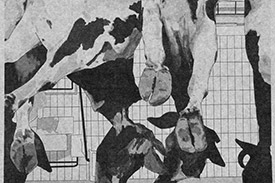
Micah Weber: “Breer never fully abandons the sensibility of the still image. Ultimately, I don’t always know if his films are about moving images or still images, or both at the same time. I think his lasting effect on me is based on how his films work at the level of the single/static frame. In a Breer, the single frame is centered through its relationship to neighboring frames and their cumulative chatter between similarities and differences.”
Elena Duque: “How can a line and a piece of cardboard be fun? How can a film be an incredible avant garde take on painting and animation, and still look as fresh as if it was an improvised doodle? Breer is one of my favourites for these reasons, and for much more. His films are like a colorful salad of inventions, so imaginative and unpredictable, so smart in its use of the immense possibilities of working frame by frame. He is a constant inspiration, cheers to Breer!”
Animator Ira Vicari told me her connection to Breer’s work only started when she was told that her work recalled his … ”and now since I watched some films he made maybe I feel less lonely and more courageous?”
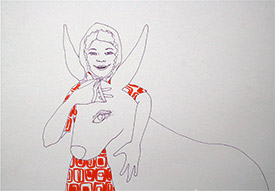
Karen Yasinsky: “I just read something that conjures his appeal to me – it’s from Luc Sante’s intro to Jean-Paul Clebert’s ‘Paris Vagabond’ – this is Guy Debord on his idea of ‘the drift’ (more about a body/consciousness moving through space) – “a technique of forward movement through a variety of ambiences….One or several persons giving themselves over the drift for a period of variable length, dispense with the usual reasons for moving about, and with their relationships, jobs, and leisure activities, in order to let themselves follow the pull of the landscape and the encounters that come from it.” I think Breer’s films realize this active state visually and this is what I want to do with all of my films.”
Mary Helena Clark: “I love Breer and love showing my work alongside his. For me the formal connection is the way things float into and drift out of his films, and that’s something I was trying to do in ‘Palms’. That in isolation these mundane things are transformed in our attention, pushed towards abstraction.”
It is a real pleasure to bring Robert Breer’s work to LIAF alongside that of these other wonderful artists. It is clear that Breer remains an inspiring and guiding figure for many animators and filmmakers working today and that his work is as relevant and meaningful as it has ever been.
Edwin Rostron


